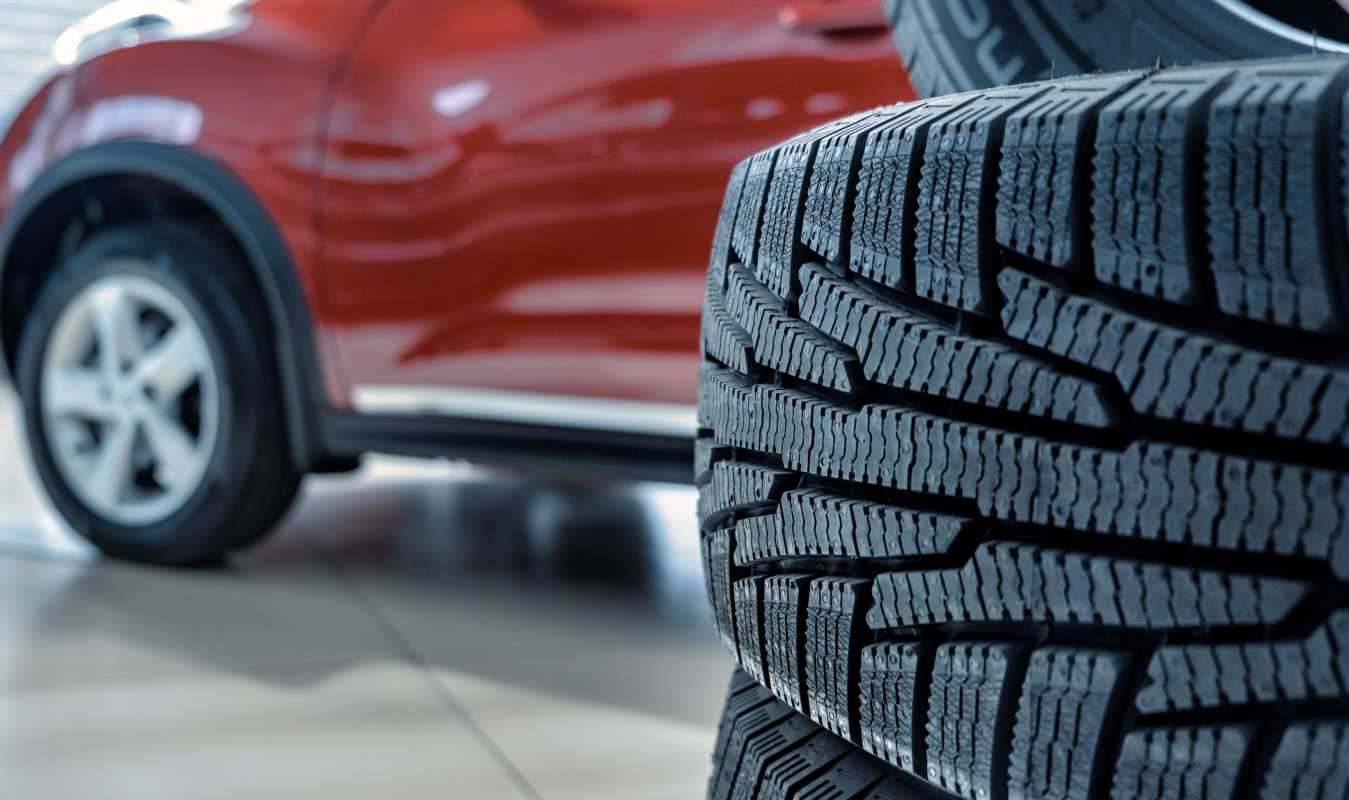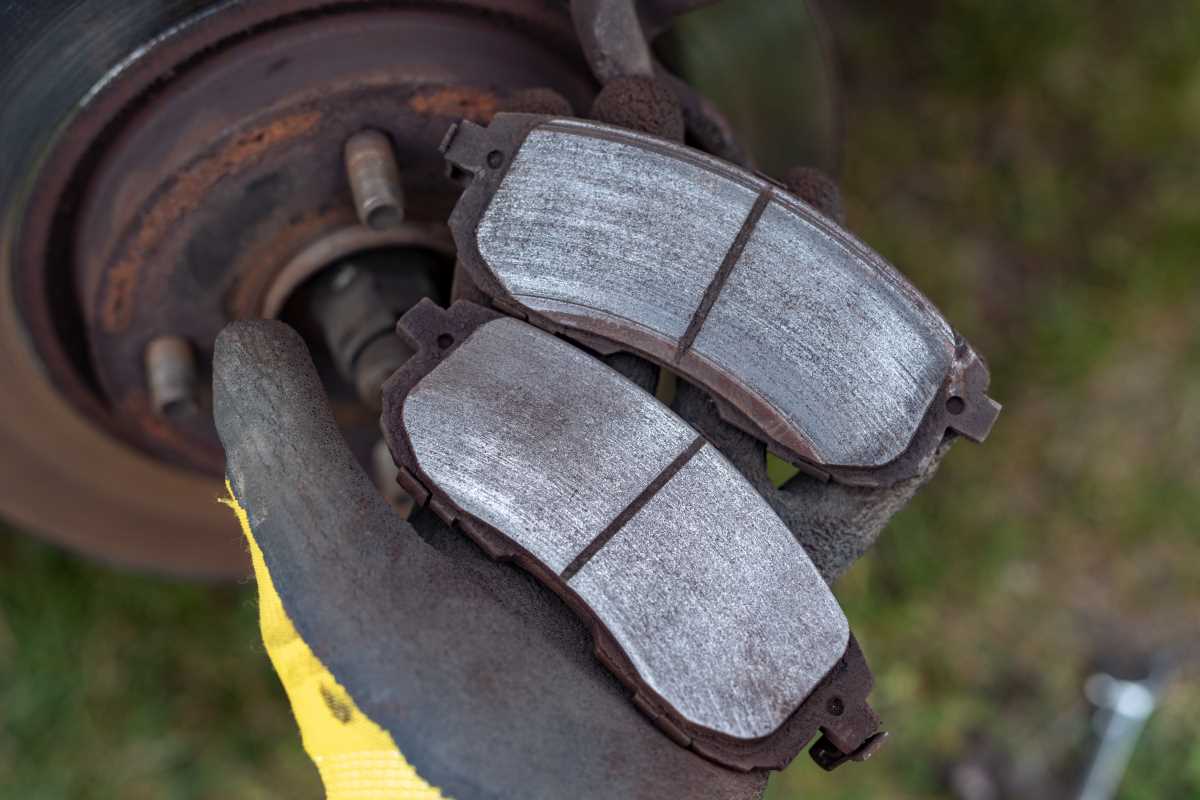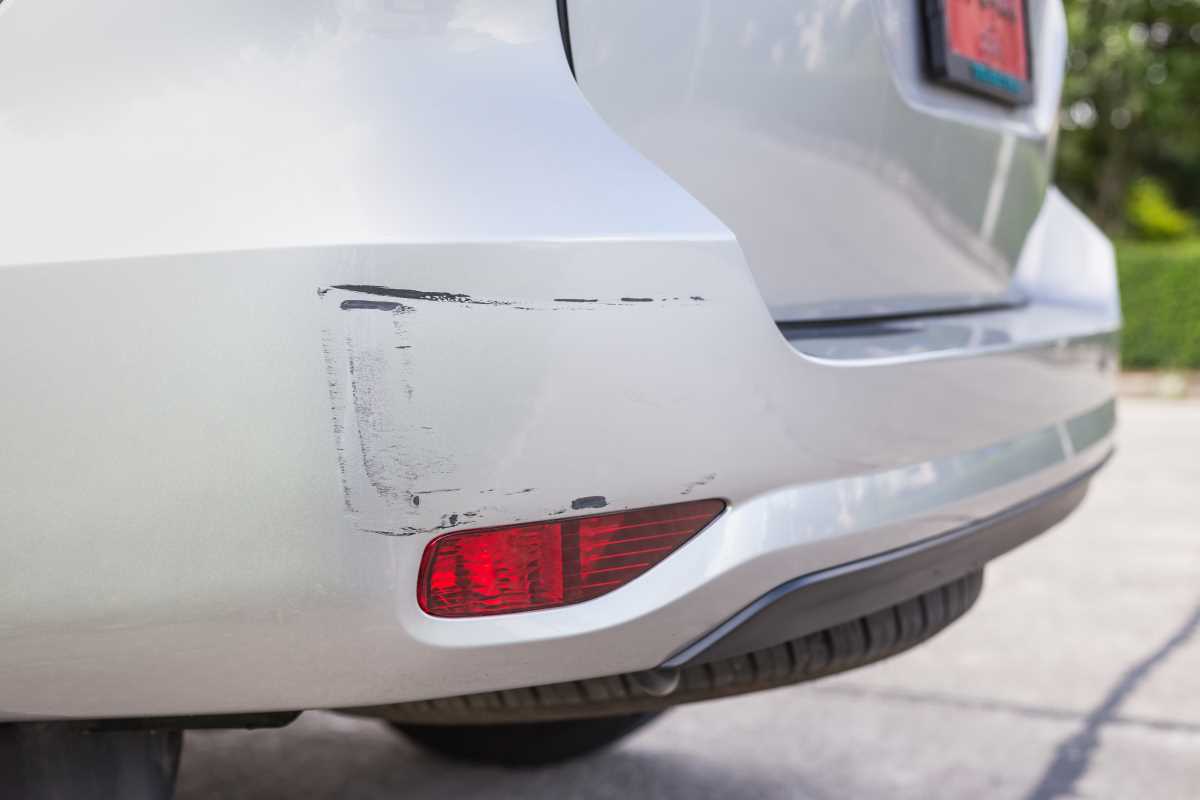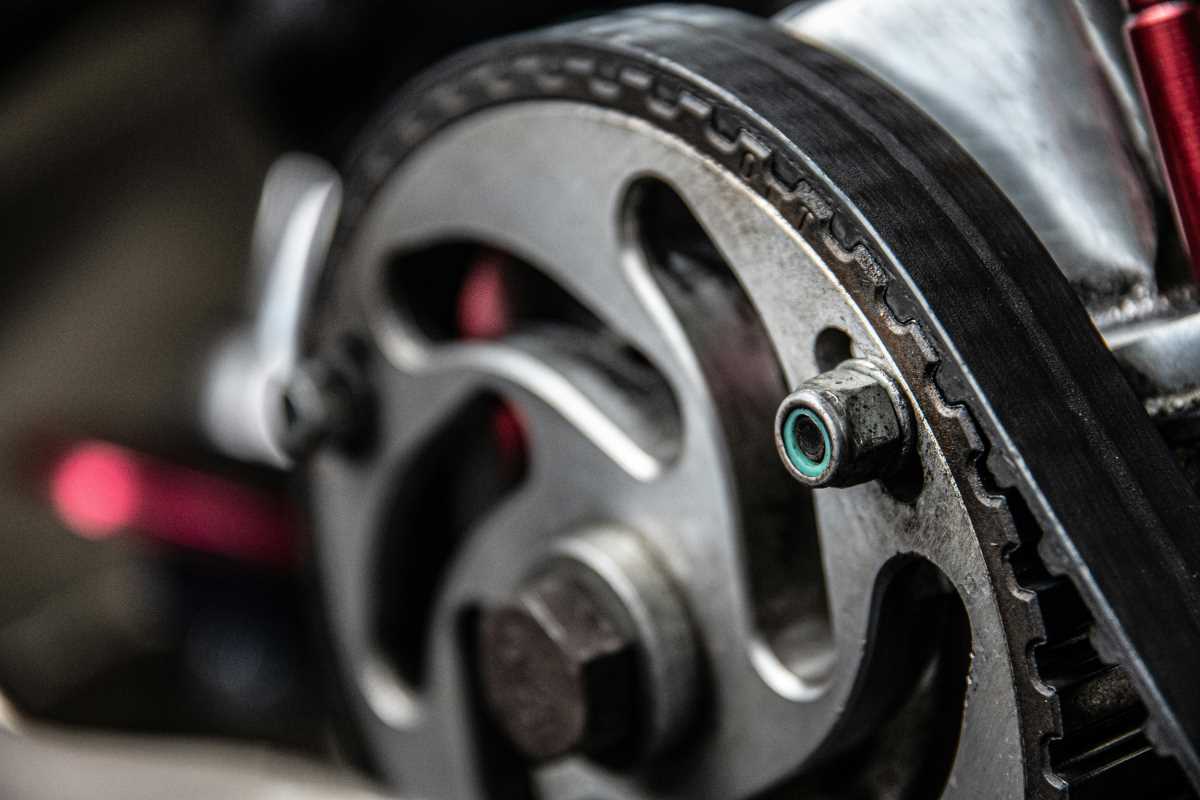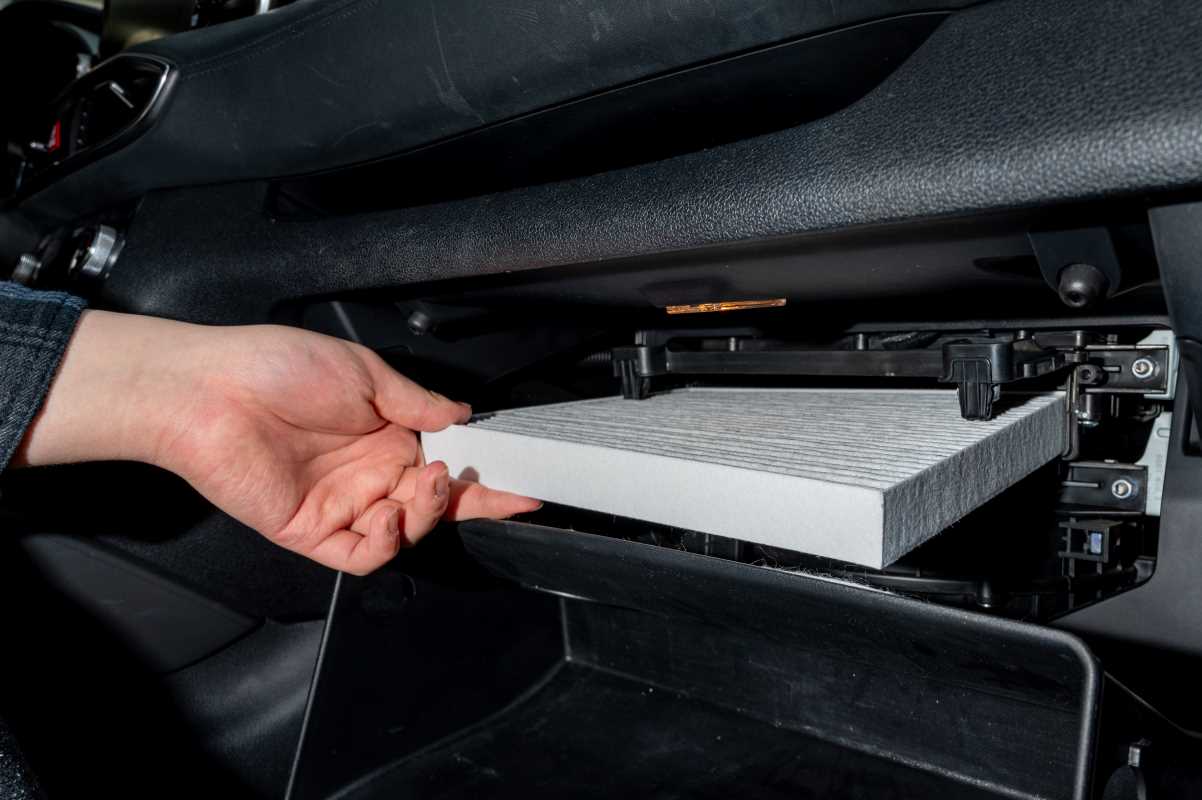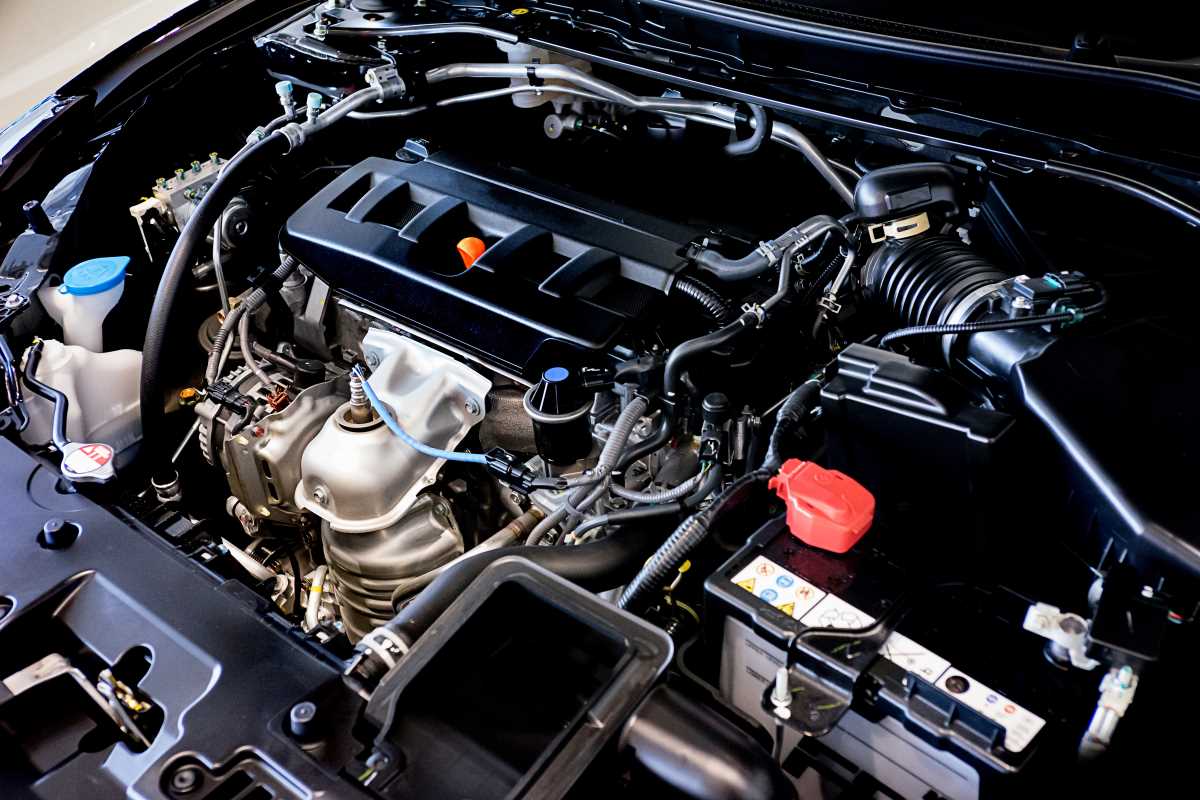Getting your driver's license is a huge milestone, a ticket to freedom and adventure. But that freedom comes with responsibility. A car isn't just a magic box that gets you from point A to point B; it's a complex machine that needs a little care to run safely and reliably. Learning some basic maintenance is one of the most empowering things you can do as a new driver. It gives you the confidence to handle small issues on your own, saves you money on simple fixes, and helps you avoid getting stranded. More importantly, a well-maintained car is a safer car. Understanding your vehicle reduces the risk of accidents caused by equipment failure, which is something every driver—and their insurance company—can appreciate.
Checking and Topping Off Engine Oil
Engine oil is the lifeblood of your car. It lubricates moving parts, reduces friction, and helps keep the engine from overheating. Running low on oil can cause catastrophic engine damage, leading to repairs that cost thousands of dollars. Checking your oil is one of the easiest and most important things you can learn. Park your car on a level surface and wait for the engine to cool down for at least 10 minutes. Pop the hood and find the dipstick, which usually has a brightly colored yellow or orange ring for a handle.
Pull the dipstick out, wipe it clean with a paper towel or rag, and then push it all the way back in. Pull it out again and look at the oil level. You'll see two marks on the end of the dipstick, often labeled "MIN" and "MAX" or represented by holes or a crosshatched area. The oil level should be between these two marks. If it’s low, you need to add more. Look for the oil filler cap on top of the engine—it will have an oil can symbol on it. Unscrew it and slowly add about half a quart of the correct type of oil for your car. Check your owner's manual for the specific oil weight, like 5W-30. Wait a minute, recheck the level with the dipstick, and add more if needed until it's in the safe zone.
Understanding Tire Pressure and Tread Depth
Your tires are the only part of the car that touches the road, so their condition is critical for safe handling, braking, and fuel economy. First, you need to know the correct air pressure for your tires. Don't look at the number on the tire's sidewall; that's the maximum pressure the tire can hold. The correct pressure is on a sticker inside the driver's side doorjamb. This number, measured in PSI (pounds per square inch), is what the car manufacturer recommends for the best balance of safety and performance. Most passenger cars require a PSI between 32 and 35.
Check your tire pressure at least once a month using a simple tire pressure gauge. It’s best to check them when they are "cold," meaning the car hasn't been driven for a few hours. If the pressure is low, use an air compressor at a gas station to fill them to the recommended PSI. While you're there, check your tire tread depth. The easiest way is the penny test. Insert a penny into the tread with Lincoln's head upside down. If you can see the top of his head, your tread is worn below 2/32 of an inch, and it's time for new tires. Worn tires can't grip the road properly, especially in rain or snow, significantly increasing your risk of an accident.
Replacing Wiper Blades and Checking Fluid
Good visibility is non-negotiable. If you can't see the road clearly, you can't react to hazards. Windshield wipers that are old, cracked, or hardened will streak, skip, and chatter, making a bad situation worse in a downpour. Replacing them is a simple task that takes less than 15 minutes. Lift the wiper arm away from the windshield. Look for a small plastic tab where the blade connects to the metal arm. Pressing this tab usually allows you to slide the old blade off.
Your new blades will come with instructions and possibly a few different plastic adapters. Match the adapter on the new blade to the one you just removed, slide the new blade onto the arm until it clicks securely into place, and then gently lower the arm back onto the glass. While you're under the hood, check your windshield washer fluid level. The reservoir is usually a large, white plastic tank with a symbol of a windshield being sprayed. If it's low, simply pop the cap and top it off with washer fluid, not plain water. This ensures you can clear away dirt and bugs on the fly.
Decoding Dashboard Warning Lights
Your car’s dashboard is its way of talking to you. Those little symbols that light up when you start the car are not just for decoration; they are important indicators of your vehicle's health. It’s crucial to know what the most serious ones mean. The "Check Engine" light can indicate anything from a loose gas cap to a serious engine problem. If it's flashing, pull over immediately and turn off the engine, as this signals a severe issue.
Other critical lights include the oil pressure light (an old-fashioned oil can) and the engine temperature light (a thermometer in liquid). If either of these lights comes on while you are driving, pull over to a safe location as soon as possible and shut off the car to prevent major damage. Your owner's manual will have a complete guide to every warning light in your specific vehicle. Taking a few minutes to familiarize yourself with them can save you from a breakdown and a costly tow.
Testing Lights and Replacing a Blown Fuse
Your car's lights are essential for seeing and being seen. Once a month, do a quick walk-around inspection. Turn on your headlights and check that both the low beams and high beams are working. Test your turn signals, brake lights, and reverse lights. You may need a friend to stand behind the car and confirm the brake lights are working as you press the pedal. A burned-out bulb is a safety hazard and can get you a traffic ticket. Replacing most bulbs is a straightforward process, often requiring just a few simple tools.
Sometimes a light or an electronic component, like the radio, will stop working because of a blown fuse. Fuses are designed to protect your car’s electrical system from power surges. Your car has a fuse box, often located under the dashboard or in the engine bay. The owner's manual will show you where it is and what each fuse controls. If you suspect a blown fuse, you can pull it out with a small fuse puller (often included in the fuse box) and inspect it. A good fuse has an intact metal strip inside; a blown one will be broken. Replacing it with a new fuse of the exact same amperage can be a quick and free fix if you have a spare.
How to Safely Jump-Start a Battery
A dead battery can happen to anyone, and knowing how to safely jump-start a car will make you a hero. You'll need a set of jumper cables and a second car with a good battery. First, park the working car close to the dead one without letting the vehicles touch. Turn off both engines. Now, follow the connection sequence carefully: connect the red (positive) clamp to the positive terminal of the dead battery. Connect the other red clamp to the positive terminal of the good battery.
Next, connect the black (negative) clamp to the negative terminal of the good battery. Finally, connect the last black clamp to an unpainted metal surface on the dead car's engine block, away from the battery. This grounds the circuit and prevents sparks near the battery, which can release flammable hydrogen gas. With everything connected, start the working car and let it run for a few minutes. Then, try to start the car with the dead battery. Once it starts, disconnect the cables in the reverse order you connected them. This simple knowledge prevents you from being stranded and shows insurers you are a proactive and capable driver.
The Essential Emergency Kit
Every car should have a basic emergency kit. You can buy a pre-made one or build your own. Essential items include jumper cables, a first-aid kit, a flashlight with extra batteries, a tire pressure gauge, a small tool kit, and reflective triangles or flares to make you visible if you break down. Also include gloves, a rain poncho, and some non-perishable snacks and water. During winter, add a blanket, an ice scraper, and a small shovel. Having these items on hand shows foresight and responsibility. Should you ever need to make an insurance claim after an incident, being able to document that you were prepared can only reflect positively on you as a vehicle owner.

